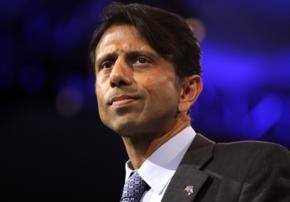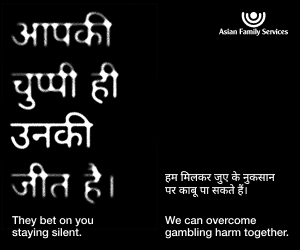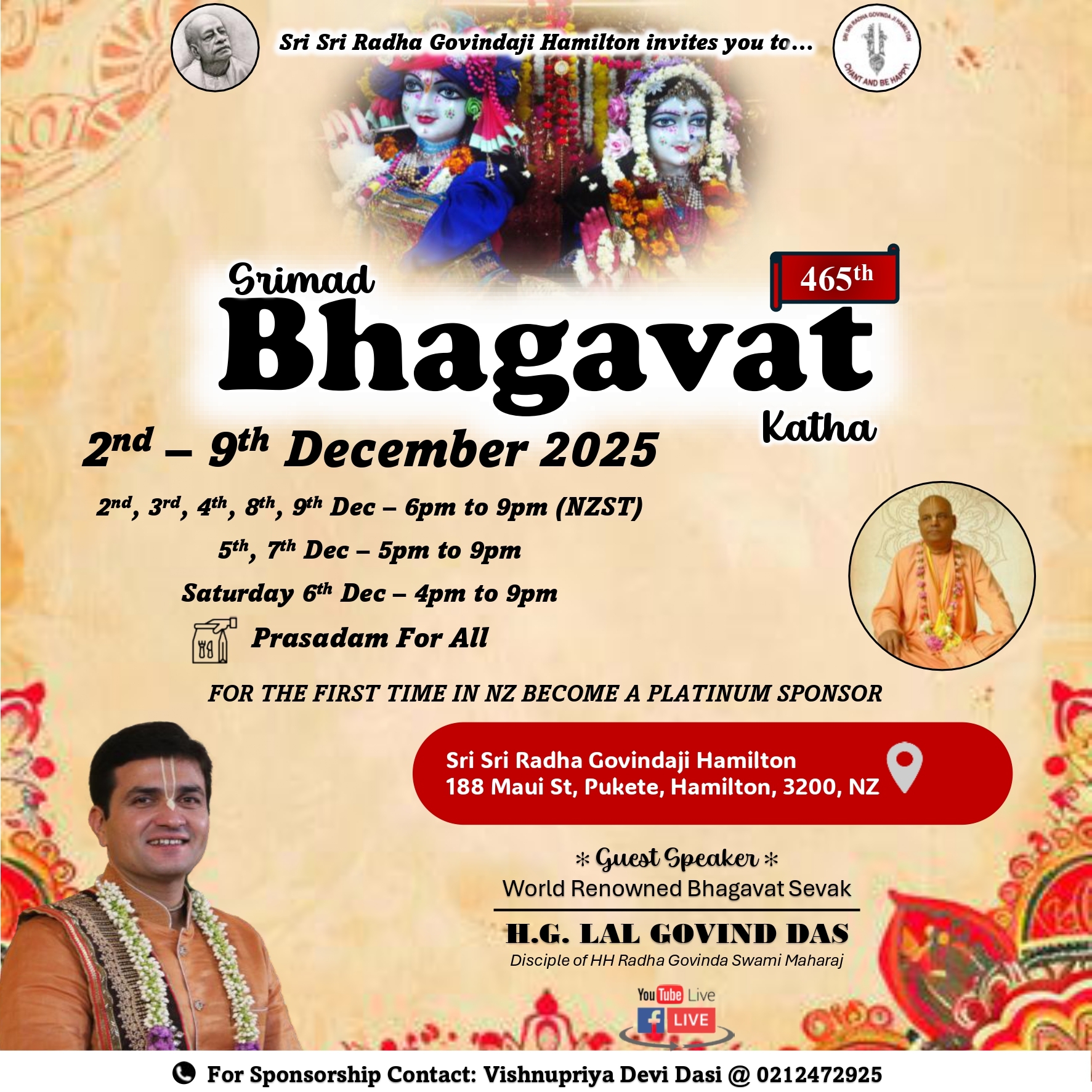United we integrate

The Treaty of Waitangi Day that we celebrated only last week, marks an official integration of two communities – the Maori and the Europeans. That is the day the two communities signed a treaty promising to reside peacefully in Aotearoa (the land of the long white cloud).
The colour white might signify ‘peace’, but in recent times the treaty isn’t touted to be as peaceful as it is made out to be. Apart from the controversy that surrounds it, the fact remains that even the Maori are not the original inhabitants of this land. Prior to the Maori, it was the home for the peace-loving community Moriori.
History doesn’t document a very peaceful expulsion of the Moriori by the Maori either. The last of the full-blooded Moriori is said to have died in 1933.
This brings us to the following questions: does the arrival of a new community to a new land always have to have violent repurcussions? Is the same hostility still expressed against immigrant communities in today’s world of global cities?
If we look at the extremely cosmopolitan global cities of the US, which are perhaps the model for the world to follow, there is enough xenophobia to keep the diverse ethnicities segregated; so much so that there is a separate suburb for each ethnic community to inhabit.
In fact, when you pass through each of these suburbs, you feel like you have reached that particular country. For example, every big city in the world has a China town and a mini India. It’s good that these people feel at home within their suburbs. But often others passing through those suburbs are expected to follow the customs of the concerned community.
This very well links up with what Louisiana Governor Bobby Jindal has been quoted as saying recently:
“[T]here are neighbourhoods where the police are less likely to go in, there are neighbourhoods in the UK and in France that have been documented… where there are attempts to impose Shariah law. There are neighbourhoods where women do not feel comfortable walking in without veils.”
Jindal goes on to say: “we have communities of people that don’t want to integrate, don’t want to assimilate.”
If the New Zealand government carries on with a separate office for Ethnic Affairs, how does it expect the immigrant communities to ever integrate with the mainstream? The very thought of addressing them separately segregates them and highlights their differences.
How can we assimilate the diverse ethnic communities in Aotearoa? Do write back to share your thoughts.
The Treaty of Waitangi Day that we celebrated only last week, marks an official integration of two communities – the Maori and the Europeans. That is the day the two communities signed a treaty promising to reside peacefully in Aotearoa (the land of the long white cloud).
The colour white might...
The Treaty of Waitangi Day that we celebrated only last week, marks an official integration of two communities – the Maori and the Europeans. That is the day the two communities signed a treaty promising to reside peacefully in Aotearoa (the land of the long white cloud).
The colour white might signify ‘peace’, but in recent times the treaty isn’t touted to be as peaceful as it is made out to be. Apart from the controversy that surrounds it, the fact remains that even the Maori are not the original inhabitants of this land. Prior to the Maori, it was the home for the peace-loving community Moriori.
History doesn’t document a very peaceful expulsion of the Moriori by the Maori either. The last of the full-blooded Moriori is said to have died in 1933.
This brings us to the following questions: does the arrival of a new community to a new land always have to have violent repurcussions? Is the same hostility still expressed against immigrant communities in today’s world of global cities?
If we look at the extremely cosmopolitan global cities of the US, which are perhaps the model for the world to follow, there is enough xenophobia to keep the diverse ethnicities segregated; so much so that there is a separate suburb for each ethnic community to inhabit.
In fact, when you pass through each of these suburbs, you feel like you have reached that particular country. For example, every big city in the world has a China town and a mini India. It’s good that these people feel at home within their suburbs. But often others passing through those suburbs are expected to follow the customs of the concerned community.
This very well links up with what Louisiana Governor Bobby Jindal has been quoted as saying recently:
“[T]here are neighbourhoods where the police are less likely to go in, there are neighbourhoods in the UK and in France that have been documented… where there are attempts to impose Shariah law. There are neighbourhoods where women do not feel comfortable walking in without veils.”
Jindal goes on to say: “we have communities of people that don’t want to integrate, don’t want to assimilate.”
If the New Zealand government carries on with a separate office for Ethnic Affairs, how does it expect the immigrant communities to ever integrate with the mainstream? The very thought of addressing them separately segregates them and highlights their differences.
How can we assimilate the diverse ethnic communities in Aotearoa? Do write back to share your thoughts.









Leave a Comment